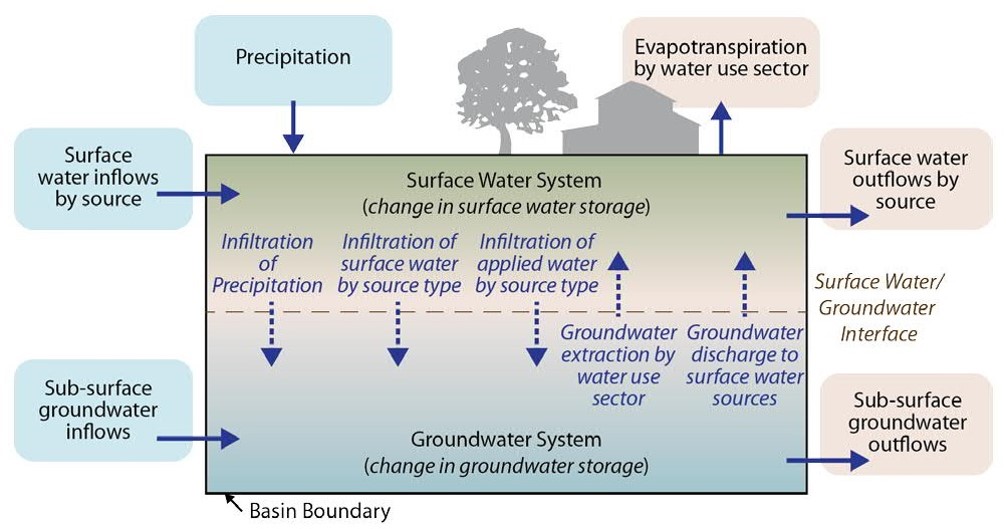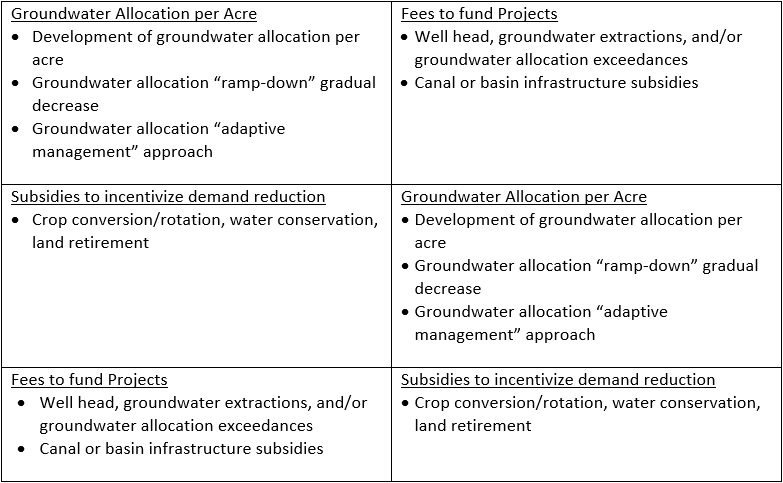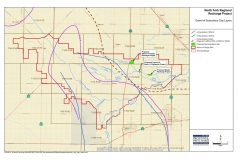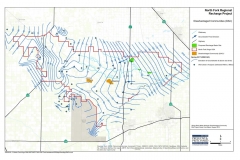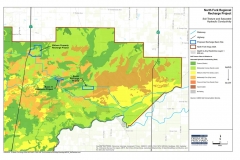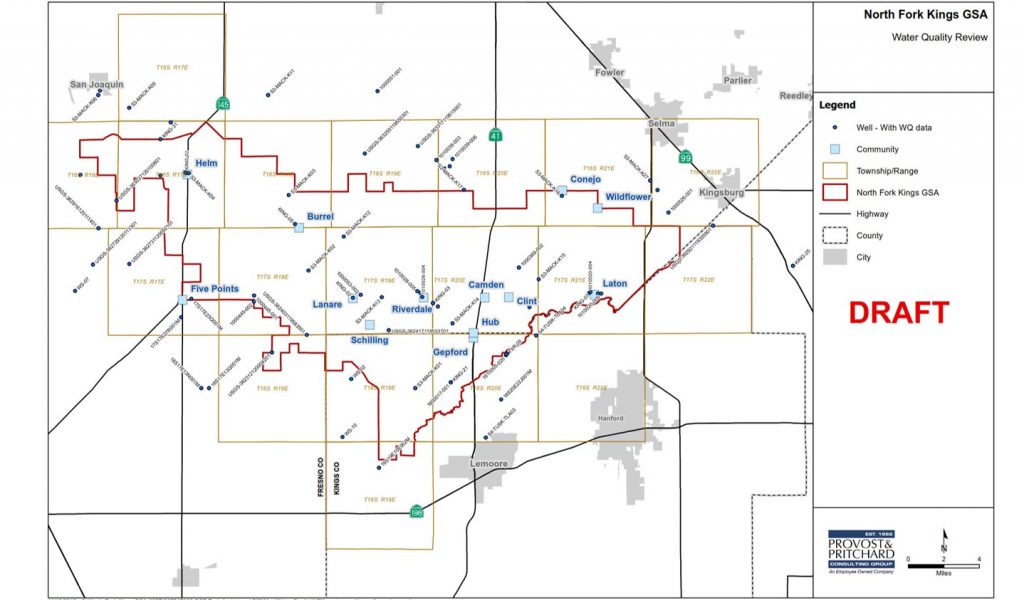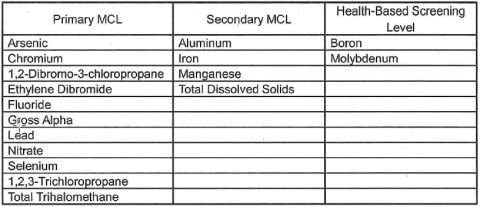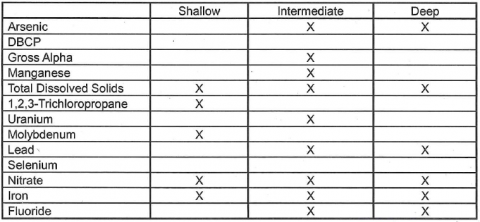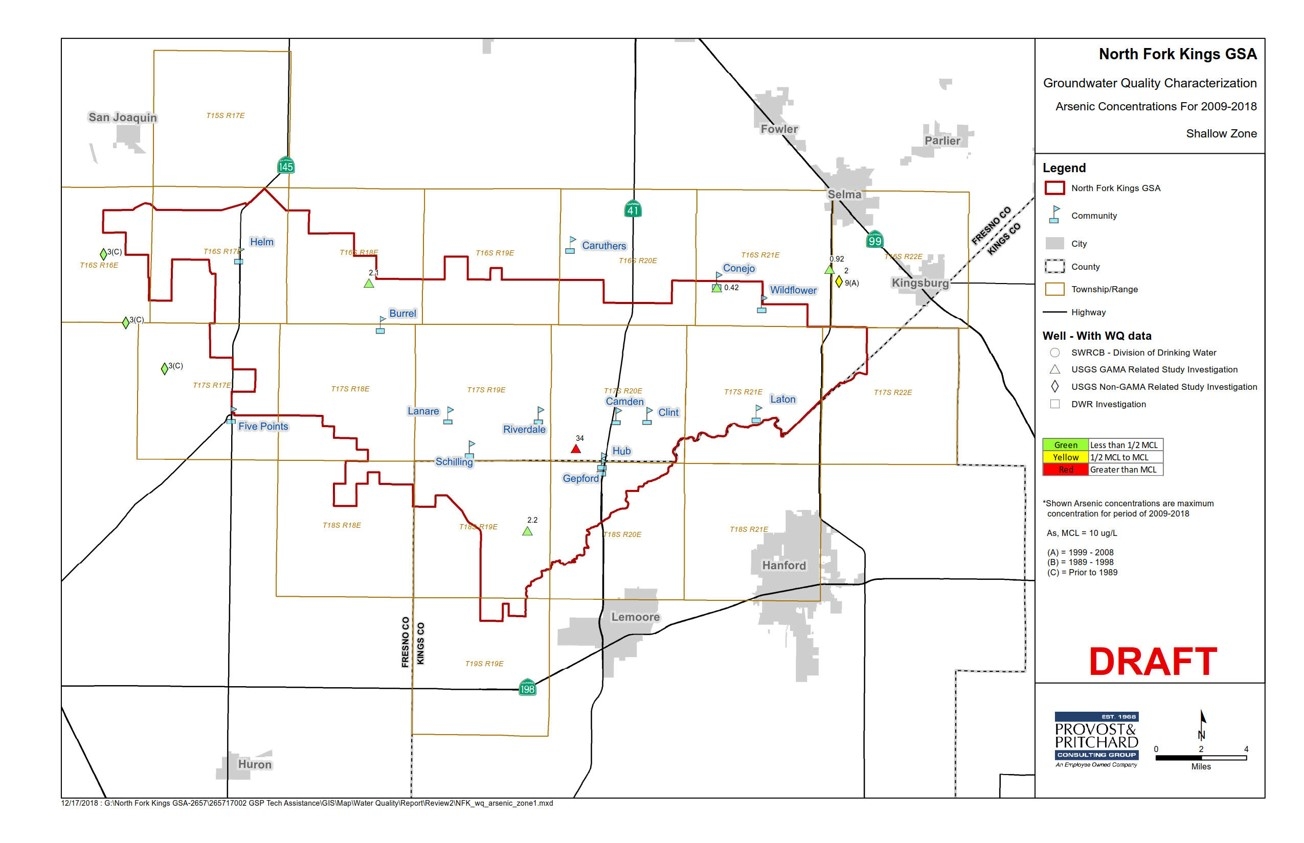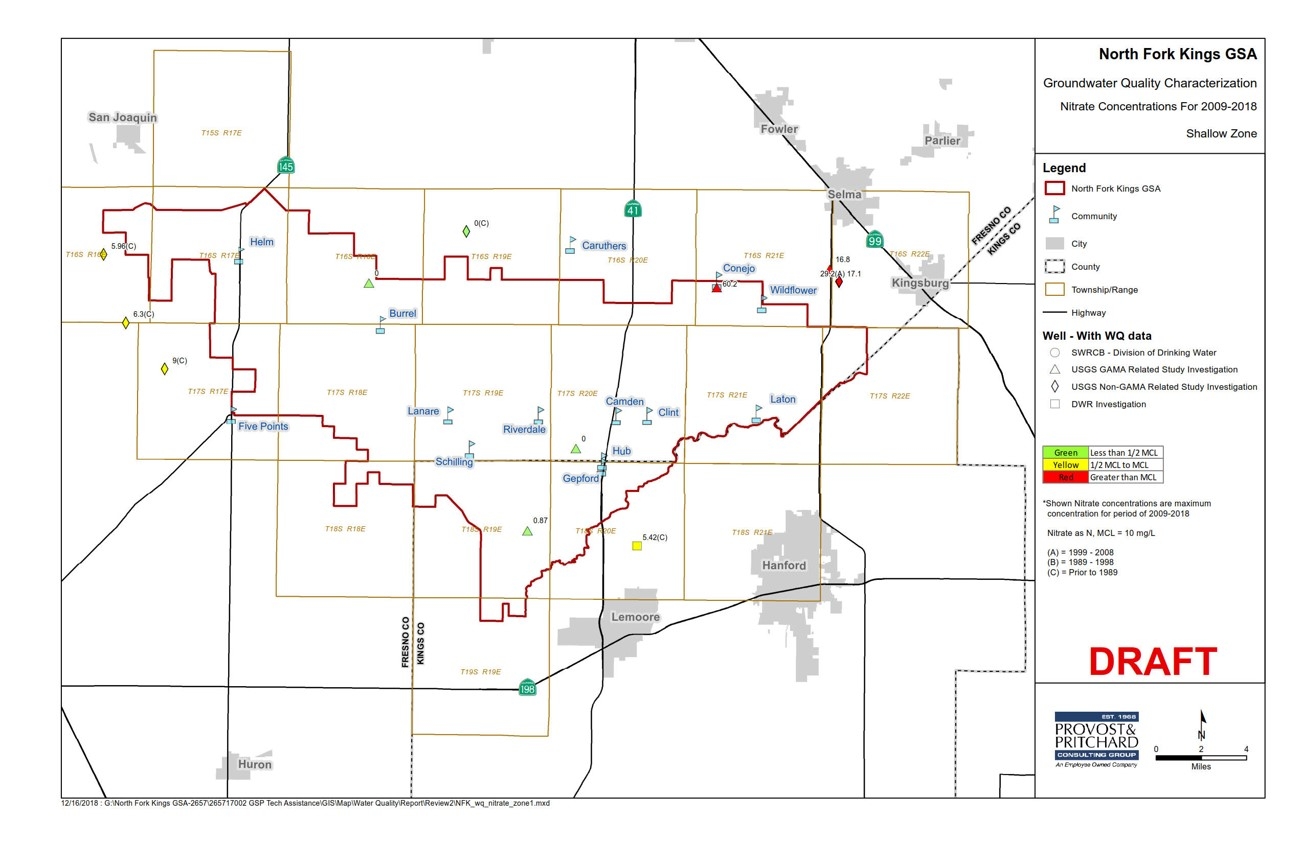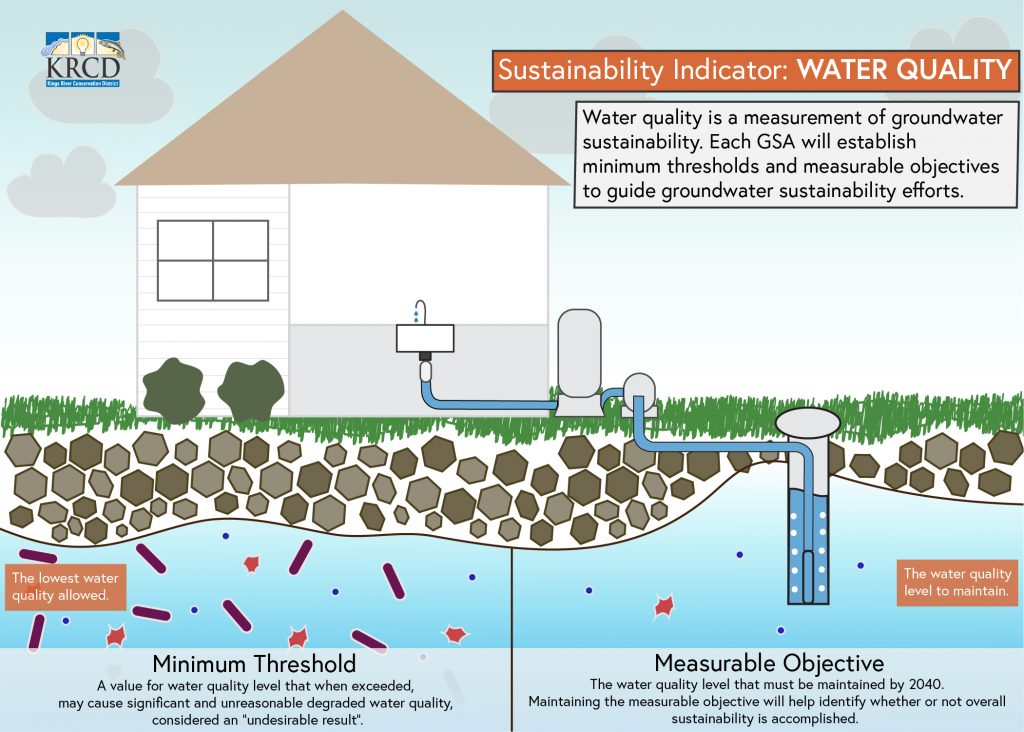Kings Subbasin community residents and GSA leaders gather for groundwater discussion in Riverdale
Panelists discuss complexity of the nearly 1 million acre service area
June 10, Riverdale – A community discussion on groundwater and the Sustainable Groundwater Management Act (SGMA) highlighted the complexity of the groundwater Subbasin that covers nearly 1 million acres and gave attendees a better understanding of how groundwater quality will be monitored in the Kings Subbasin.
GSA leaders representing five Kings Subbasin GSAs participated in a panel discussion, emphasizing the feat to coordinate and map out groundwater conditions in a Subbasin that includes 7 GSAs. Panelists included Gary Serrato, Executive Officer, North Kings GSA; Matt Hurley, General Manager, McMullin Area GSA; Steven Stadler, Administrator , James Irrigation District GSA; Mark McKean, Chair, North Fork Kings GSA; Chad Wegley, Administrator, Kings River East GSA; and Ronald (Ronnie) Samuelian, Kings Subbasin Coordinator and Principal Engineer, Provost & Pritchard Consulting Group.
Panelists discussed their plans to monitor water quality as it relates to groundwater pumping. Under SGMA, GSAs are required to ensure water quality degradation resulting from groundwater pumping is not significant and unreasonable. The Kings Subbasin GSA leaders emphasized water quality concerns are localized and must be individually looked at due to high variability; there is no one-size-fits-all management tool or threshold for the Subbasin.
Panelists also noted the GSAs will be looking for changes in trends, not one-time spikes in water quality measurements, to determine if there is a water quality concern that needs to be addressed. The GSAs have outlined a network of wells that will be used to monitor water quality moving forward. In many cases this well network is similar to the network used by existing water quality regulating programs, such as the Irrigated Lands Regulatory Program that monitors nitrates for irrigated agriculture.
Additional workshop topics included an overview of SGMA, groundwater conditions in the Kings Subbasin, and why it is important for rural communities to participate in groundwater planning. The workshop was hosted by the Kings River Conservation District in association with Self-Help Enterprises.

